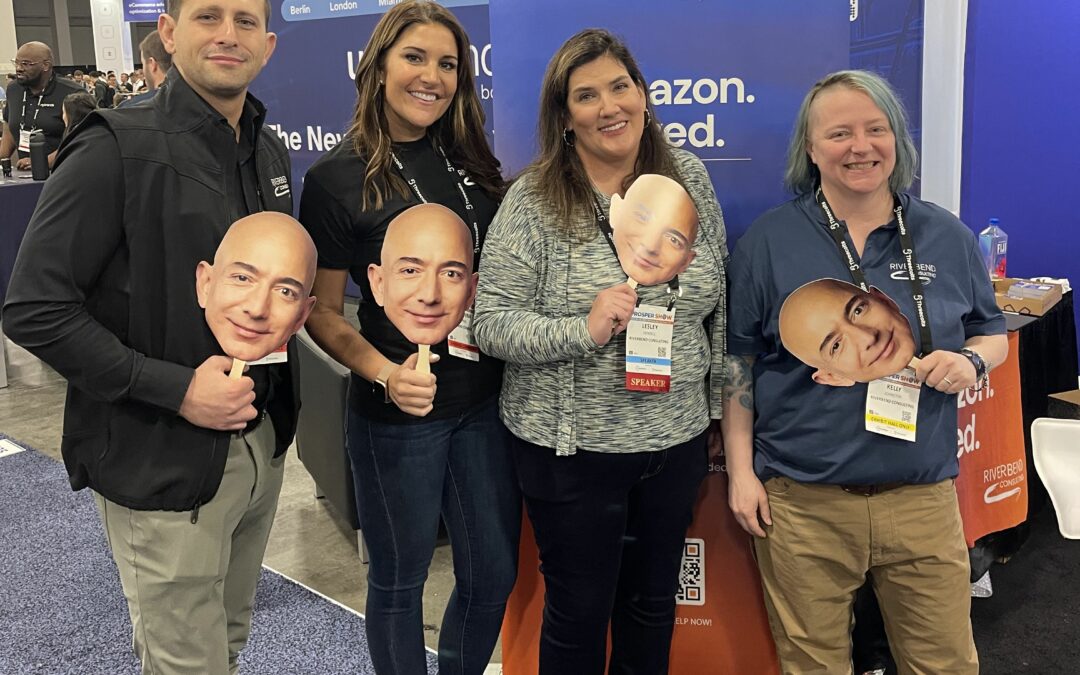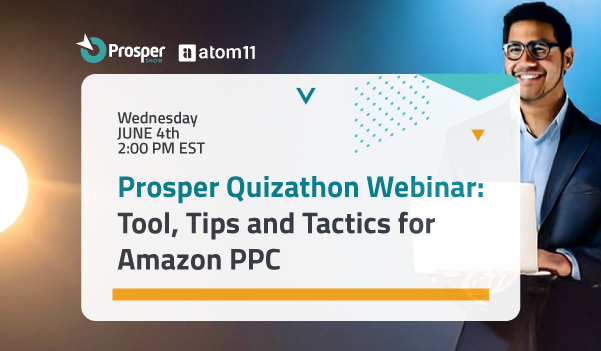Past Our Prime? What Did We Learn?
TINTON FALLS, N.J. – Prime Day provided mixed messages for sellers this year. Some brands turned in impressive revenue numbers during Prime Day, but hidden from public view are the profitability numbers for those same sellers. This is key because Prime Deals were primarily advertised and offered only for products that cut prices by 30 percent or more. Most products sold at a 30 percent discount or more, which means a loss for many.
Many sellers were focused on creating cash flow during Prime Day, more than they were concerned with profitability. But they realize that they cannot offer the same deep discounts for both Prime Day and the peak season.
Things to look out for during the runup to peak season:
- Amazon Seller Performance will enforce against poorly performing ASINs from Prime Day within the next 60 to 90 days. Be on the lookout.
- It’s critical for sellers to stay on top of performance notifications on their best performing ASINs. Be sure to appeal quickly – and to appeal with verifiable information, especially with Inauthentic complaints. Get started the minute you receive a warning or suspension.
- Examine quality issues with your important ASINs. Sellers should leverage Voice of the Customer to get a real-time feel for any ASIN issues before peak season hits.
In addition, smart sellers focus on fourth-quarter fees and how they can impact their bottom lines. Of particular concern is the new “auction” system for excess inventory. These fees, on top of the elevated fourth-quarter storage fees, will put further downward pressure on margins. At the same time, pay-per-click (PPC) advertising costs are on the rise.
Now is the time for sellers to consider the following:
- Are there limited promotional strategies that you can use instead of offering very deep price cuts? These might be coupons or multi-unit discounts.
- Do you have strict limits and analysis of your PPC campaigns? If not, start watching them now. Refine your PPC campaigns while the selling environment is less stressful, so you’ll be prepared for the fourth quarter.
- What is your inbound shipping strategy for the fourth quarter? Amazon has a nasty habit of failing to receive inventory in a timely manner – especially toward the end of the year.
- Do you have a secondary fulfillment strategy? It’s terrible to run out of FBA inventory. It’s even worse if Amazon has the inventory, but it doesn’t make it available to customers to buy. Sellers should hold back a percentage of their peak season inventory, either in their own location or at a third-party logistics provider. That way, they can implement a back-up merchant-fulfilled strategy if things go haywire at the Amazon Fulfillment Centers.
This peak season is make-or-break for some retailers and online sellers that are struggling. With the above strategies, sellers can maximize the opportunity to clear out every unit of peak inventory – without taking a bath on margins. The holiday season is just around the corner. Be ready!

Lesley Hensell is co-founder and co-owner of Riverbend Consulting, Tinton Falls, N.J. where she oversees the firm’s client services team. She has personally helped hundreds of third-party sellers get their accounts and ASINs back up and running. Lesley leverages two decades as a small business consultant to advise clients on profitability and operational performance. She has been an Amazon seller for almost a decade, thanks to her boys (21 and 15) who do most of the heavy lifting.



Recent Comments